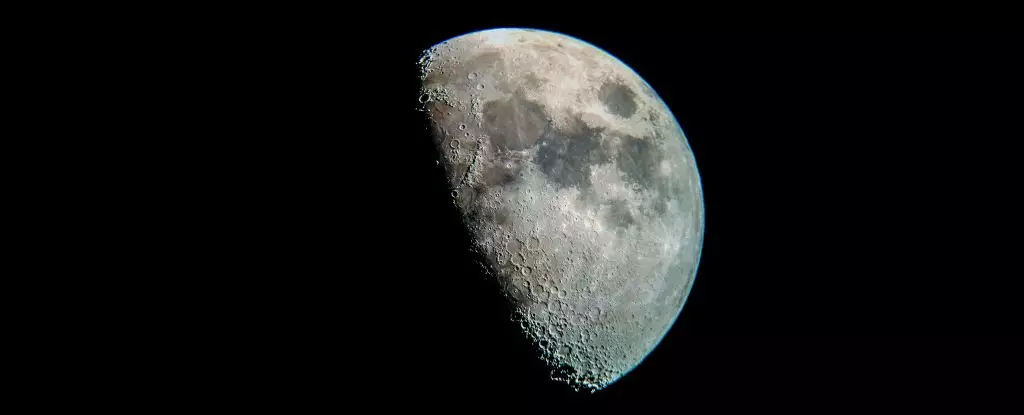For centuries, the Moon has been the subject of both fascination and speculation. From ancient myths suggesting it was made of cheese to modern scientific inquiries aimed at uncovering its secrets, our satellite has dominated human curiosity. A significant breakthrough came in May 2023 when researchers unveiled that the Moon’s inner core is a solid sphere, remarkably akin to iron in density. This revelation not only challenges long-standing debates regarding the Moon’s geological composition but also enhances our understanding of the formation and evolution of the Solar System.
Leading the charge in this groundbreaking research was Arthur Briaud, an astronomer from the French National Centre for Scientific Research. The team’s findings have significant implications for understanding the Moon’s magnetic history. According to Briaud and his colleagues, their observations suggest a more complex narrative regarding the Moon’s magnetic field evolution, shedding light on its past and how it might connect to broader cosmic dynamics.
Understanding the inner workings of celestial bodies often hinges on seismic data, which maps materials based on how acoustic waves propagate through them. While the Apollo missions provided valuable lunar seismic data, its resolution was insufficient to definitively characterize the Moon’s core. Despite knowing that the outer core consists of fluid, the exact composition of the inner core remained contentious.
Briaud’s team overcame these limitations by integrating data from various space missions and employing lunar laser-ranging experiments. These efforts allowed them to explore multiple lunar characteristics, such as gravitational interactions and changes in distance from Earth. Ultimately, their modeling efforts distilled this information into a clearer picture of the Moon’s interior.
One of the pivotal findings of this recent research is the dynamic activity within the Moon’s mantle. The process known as “active overturn” suggests that denser materials in the Moon are moving towards the center while lighter materials rise toward the surface. This behavior not only aligns with theories regarding the presence of certain elements in the Moon’s volcanic regions but also serves as a critical piece in understanding its geological history.
By modeling various configurations of the lunar core, Briaud and his colleagues found strong evidence for a core mirroring Earth’s own dual-layered structure: a fluid outer core and a solid inner core. Their data indicated that the Moon’s outer core has a radius of approximately 362 kilometers and a solid inner core of about 258 kilometers. With a density nearing 7,822 kilograms per cubic meter, this core composition echoes that of Earth, suggesting that the Moon is far more geologically complex than previously believed.
Back in 2011, a NASA-led study employing advanced seismological techniques had hinted at the existence of a solid inner core with a slightly smaller radius than what Briaud’s team later confirmed. The density reported from that earlier research was roughly estimated at 8,000 kilograms per cubic meter. Briaud’s findings not only validate those earlier assertions but also fortify the argument for a lunar core strikingly similar to Earth’s, highlighting a shared evolutionary story among planetary bodies.
One intriguing aspect of this research touches on the Moon’s historical magnetic field, which was likely robust shortly after its formation but began to fade approximately 3.2 billion years ago. The generation of such a magnetic field typically requires active convection in the core; hence the composition and dynamics of the lunar core could provide critical insights into why this field weakened over time.
As humanity looks toward a return to the Moon, the implications of Briaud’s research extend beyond mere academic interest. The increased understanding of the Moon’s inner structure could enhance mission planning and exploration strategies for upcoming lunar endeavors. Moreover, ongoing seismic studies and data collection will be paramount in verifying these findings, opening up new avenues for research both on the Moon and in comparative planetology.
The affirmation of a solid inner core within the Moon not only enriches our comprehension of its geological structure but also presents pivotal questions about its evolutionary trajectory. This unveiling paves the way for future discoveries, unearthing the secrets of one of humanity’s closest celestial neighbors and enhancing our understanding of the broader Solar System dynamics. As we prepare for possible lunar missions, our aspirations to unlock the Moon’s mysteries may soon be within reach.

